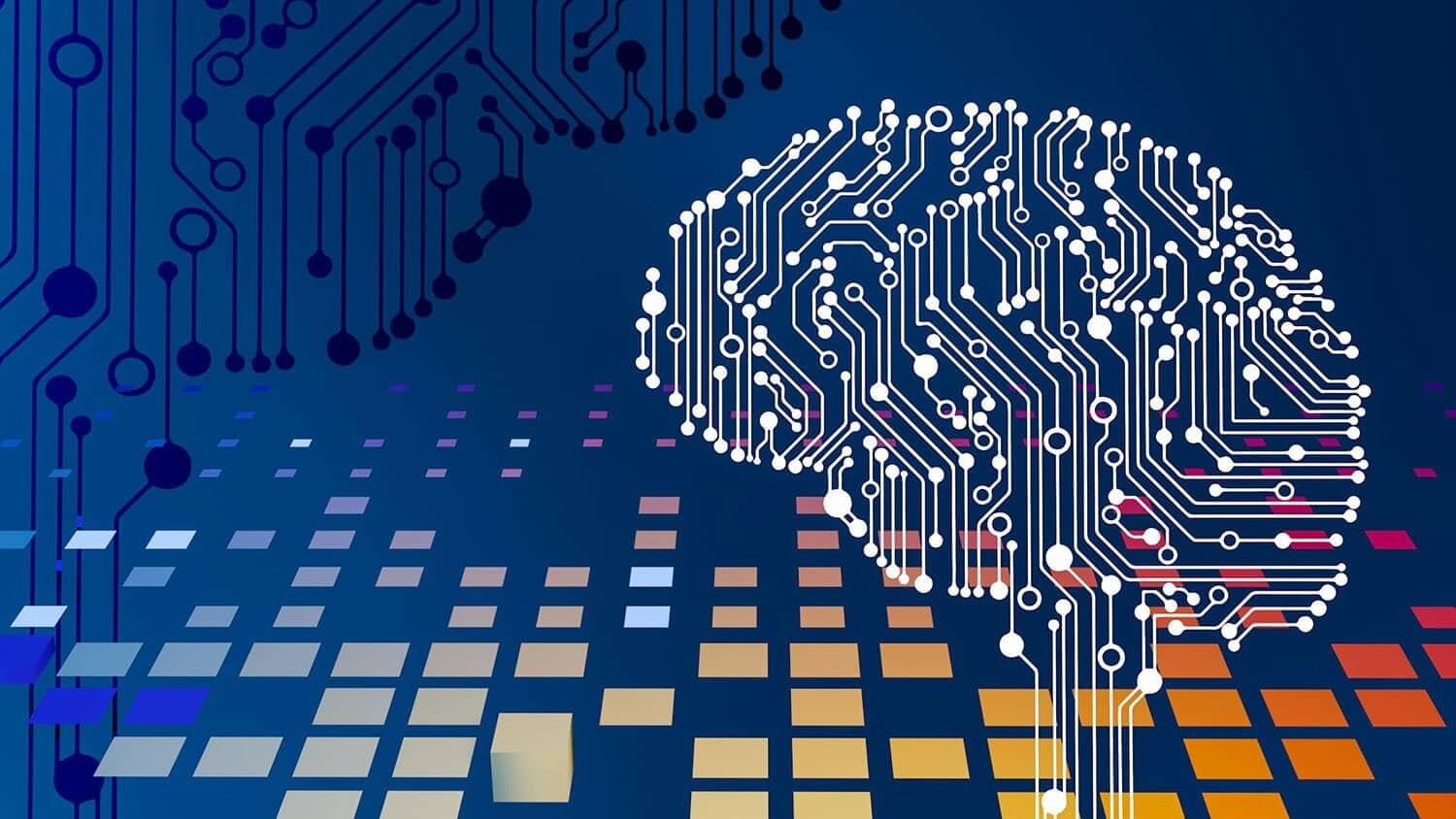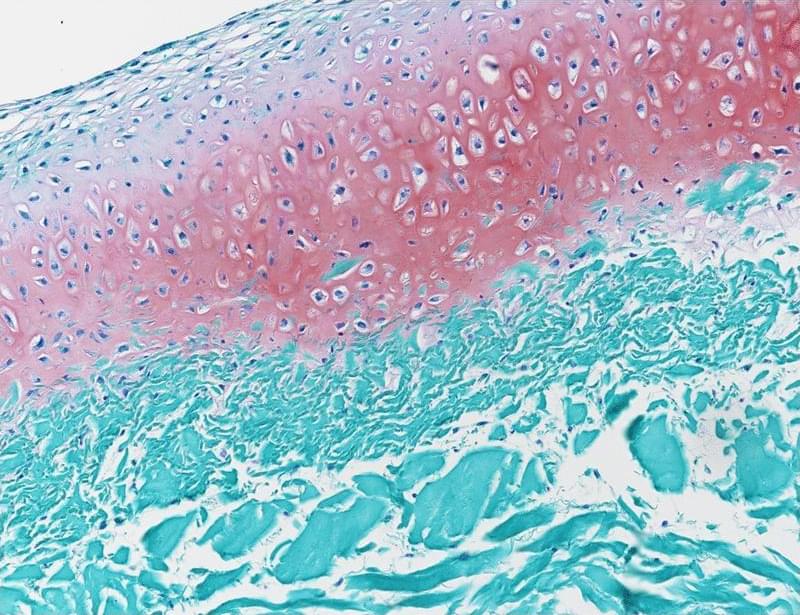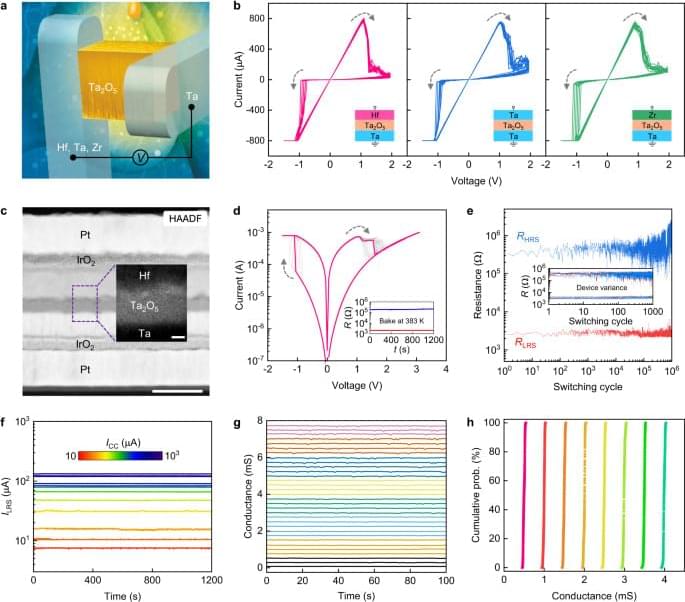AI models often rely on “spurious correlations,” making decisions based on unimportant and potentially misleading information. Researchers have now discovered these learned spurious correlations can be traced to a very small subset of the training data and have demonstrated a technique that overcomes the problem.
“This technique is novel in that it can be used even when you have no idea what spurious correlations the AI is relying on,” says Jung-Eun Kim, corresponding author of a paper on the work and an assistant professor of computer science at North Carolina State University.
“If you already have a good idea of what the spurious features are, our technique is an efficient and effective way to address the problem. However, even if you are simply having performance issues, but don’t understand why, you could still use our technique to determine whether a spurious correlation exists and resolve that issue.”





